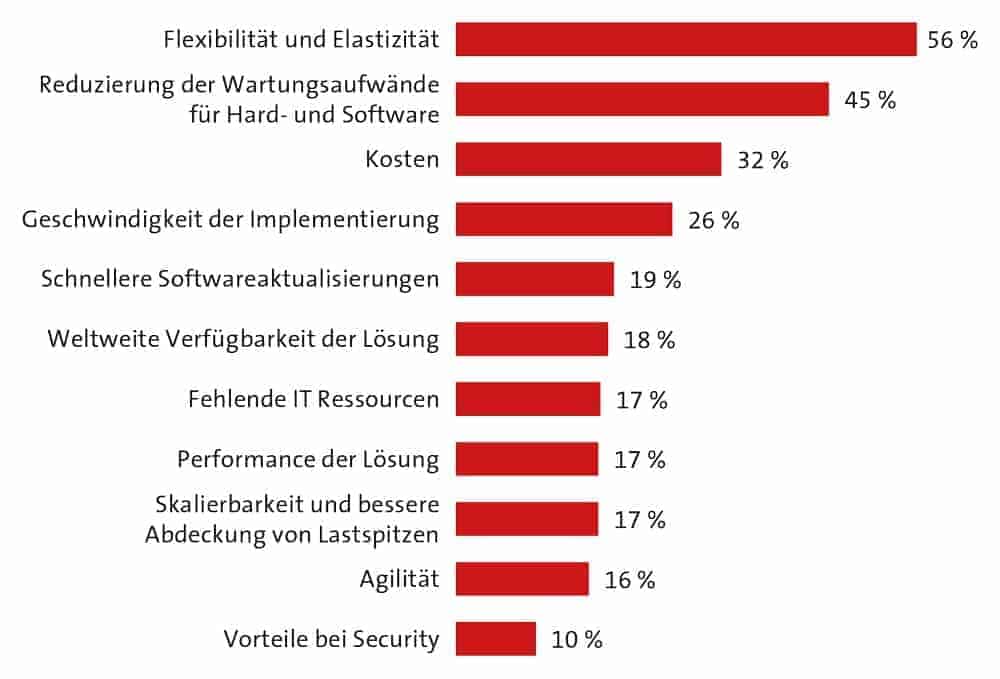

The results of the Planning Survey '19 show that the main reason for the use of cloud-based planning products in companies is the desire for more flexibility and elasticity (56 percent).
"The degree of utilization of planning and CPM systems is subject to strong seasonal fluctuations. During the budgeting and forecasting periods, there is intensive usage behavior, while the tools are used much less frequently at other times of the year"
explains Christian Fuchs, Senior Analyst at Barc and author of the Planning Survey '19.
Lower costs
Other convincing reasons for choosing a cloud-based planning product over a local installation are the reduction in maintenance costs for hardware and software (45 percent), the reduction in costs (32 percent) and the acceleration of implementation (26 percent).
For almost two thirds of the companies surveyed (64%), forward-looking planning and forecasting are of high to very high relevance.
"Artificial intelligence (AI) and predictive technologies are currently important trends in almost all areas of the IT market"
says Fuchs.
"Companies are therefore naturally interested in utilizing the potential of predictive functions in the area of planning and budgeting."
Increased planning frequency, improved integration of different sub-plans, better quality of planning results and more detailed planning are the benefits that companies most often achieve through the use of planning tools.

In contrast, personnel savings, increased competitiveness and reduced costs are seen as relatively rarely achieved benefits.
"That's understandable. Even with the best planning products, planning requires a great deal of effort for every company and the software can only support the process, but not fully automate it"
says Fuchs.
"However, professional planning tools save a lot of time compared to other approaches, and the time previously invested in manual activities can be used for value-adding activities.
Planning software can create competitive advantages by providing deeper insights into the data and being flexible so that companies can react to current and future developments.
It will be interesting to see how current trends such as artificial intelligence and predictive planning can help to automate budgeting and forecasting processes and free planners from repetitive routine tasks in the future."





